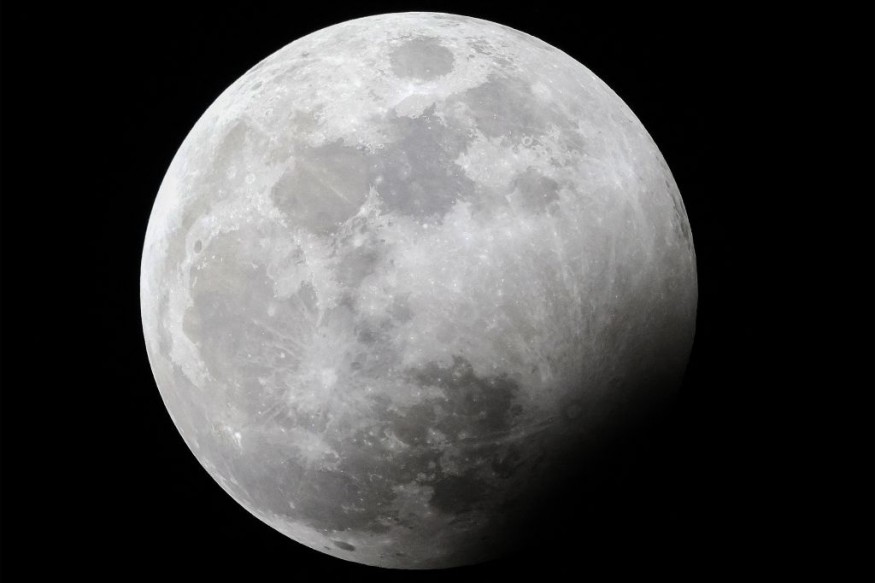
As the week unfolds, prepare to gaze up at the night sky, where the full moon of October, known as the Hunter's Moon, will shine brightly. This spectacular moon will light up the sky on the nights of Oct. 16-17 and Oct. 17-18, offering a stunning view for all skywatchers.
Hunter's Moon Promises a Stunning Display for Skywatchers This Week
What makes this Hunter's Moon special is that it is expected to be the largest and brightest one we've seen in the last 17 years!
Typically, in any given year, there are 12 full moons, each with its own unique name. Many of these names come from the lunar calendars used by First Nations communities, while others are rooted in Colonial American or European folklore.
In 2024, the Harvest Moon, which occurs closest to the autumn equinox, took place on Sept. 17-18. The full moon following it is the Hunter's Moon, which we will experience on Oct. 17.
You might wonder if it's possible to see a full moon for more than one night. The full moon occurs at a specific moment when the moon is directly opposite the Earth from the sun. This alignment is called syzygy. Depending on various factors, the moon can look fully illuminated for up to three days!
Even though the full moon happens at a particular time, from Earth, it can appear full before and after this moment. For those of us observing from over 350,000 kilometers away, it can be hard to see when the moon starts to darken or when the last shadows disappear.
What is a Supermoon?
This month's Hunter's Moon will also be a supermoon. A supermoon is when the full moon looks larger and brighter than usual because it is at its closest point to Earth in its orbit.
According to The Weather Network, supermoons happen because of the moon's elliptical path around our planet. About half of its 28-day orbit brings the moon closer to Earth, while the other half it moves a little farther away.
In 2024, we will see between two and five supermoons. The one we will see this week is particularly special! The moon has already appeared larger than usual since Tuesday and is expected to maintain this size until Friday.
According to NASA, the moon will reach its closest point to Earth at 8:47 p.m. Eastern time on Wednesday, and it will be at its fullest phase at 7:26 a.m. Eastern time on Thursday.
On Thursday morning, as the Hunter's Moon sets, look for Jupiter, the brightest planet, shining above the southwestern horizon. Mars will also be visible in the southern sky.
Later that evening, Saturn will make an appearance in the southeastern sky, and Venus will quietly shine above the southwestern horizon.
For those with binoculars or telescopes, the ancient Comet Tsuchinshan-ATLAS, which won't return for another 80,000 years, can also be spotted.
Don't forget that this series of supermoons will wrap up on Nov. 15 with the appearance of the Beaver Moon. So mark your calendars, gather your friends and family, and enjoy the wonders of the night sky during this amazing astronomical event!












